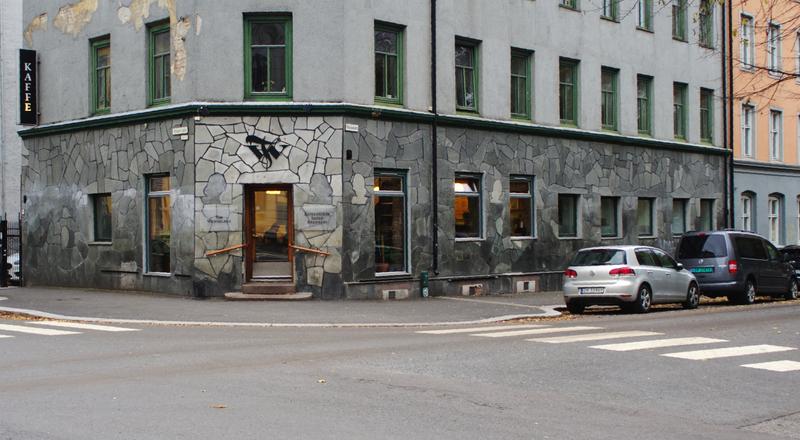
The opportunity of tech talent agents
With the shift to remote work, companies unlocked a global labor pool. Job posts began receiving hundreds of applications each. In the past months, AI tools accelerated this problem by enabling candidates to spray-and-pray applications to hundreds of jobs at a time. Companies are struggling to hire amid a sea of noise. According to the Paradox of Choice, when faced with multiple options, people either approach the problem as “maximizers” seeking the best option or as “satisficers” who settle for a “good enough” choice. The status quo is fine for companies looking for “good enough” candidates, such as big corporations. But for startups and small businesses that care about finding the best talent, hiring in the current environment is a nightmare. Sometimes, unexpected answers can be found by looking at how things are done in other industries. In the case of tech hiring, the solution might be Hollywood. Movie studios don’t hold open castings for the starring role of every film. Instead, they seek out proven talent. To find that proven talent, studios go to talent agents. Compared to ten years ago, far more startups hire contractors instead of employees. This shift started with the rise of remote work, where...








